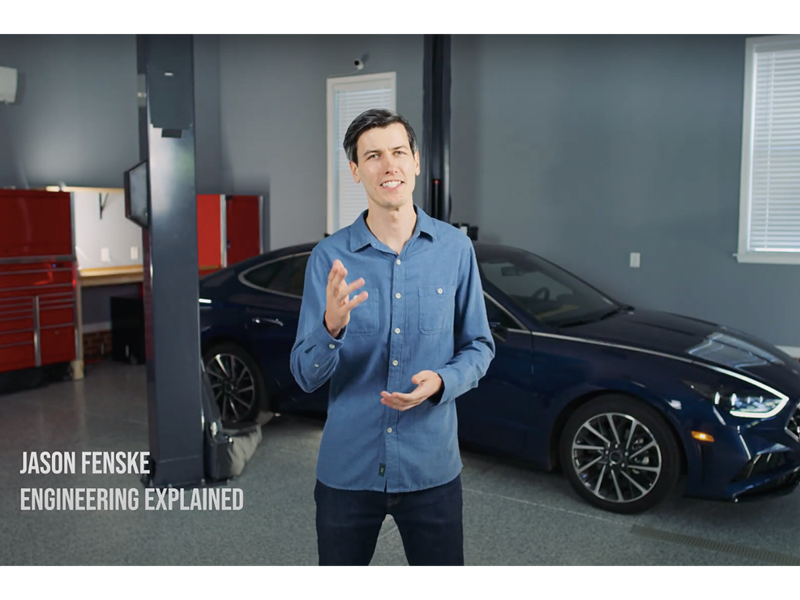
NHTSA on Monday launched a series of videos demonstrating to the public how to properly use advanced driver-assistance systems and the benefits of those safety technologies currently available on today’s vehicles.
The five videos — hosted by Jason Fenske, a mechanical engineer who runs the Engineering Explained YouTube channel — provide an overview of driver-assist systems including blind-spot warning and forward-collision warning, as well as newer features such as rear automatic braking, blind-spot intervention, lane-keeping assistance and automatic high beams.
“Understanding what advanced driver-assistance technologies can and cannot do for the driver is critical to everyone’s safety,” Steven Cliff, NHTSA’s acting administrator, said in a statement. “We’re providing the driving public with knowledge about the safety benefits of these technologies.”
NHTSA said the campaign builds on its New Car Assessment Program, a five-star rating system that provides comparative information on the safety and performance of new vehicles to help consumers with purchasing decisions. The videos will run through Sept. 29.
The Alliance for Automotive Innovation, a trade association representing most major automakers in the U.S., urged NHTSA last month to update the ratings program by including new and advanced safety features and technologies.
The alliance, which does not represent Tesla, also said it supports providing driver monitoring as a standard feature on vehicles equipped with driver-assist systems.
“We communicate directly, indirectly, openly through various coalitions that education — public education — is very important in terms of understanding the limitations, capabilities and, honestly, use of these technologies,” Cem Hatipoglu, NHTSA’s associate administrator for vehicle safety research, told Automotive News.
“Collectively, there’s more work to be done,” he added.
The agency’s campaign comes amid multiple reports of Tesla vehicle crashes around the country, including a fatal crash in California on May 5. Some of the crashes have involved the EV maker’s Autopilot driver-assist system.
To date, NHTSA said it has opened 28 investigations into Tesla crashes — 24 of which are still active. The agency has not yet issued specific regulations or performance standards for advanced driver-assistance systems.
NHTSA said its video campaign has been in the works since last fall and was not triggered by recent events involving Tesla.
The National Transportation Safety Board — an independent, federal accident investigation agency — has urged NHTSA to develop comprehensive performance standards, effectively evaluate them and include the information in its vehicle safety ratings.
“We operate within the confines of our statute,” Hatipoglu said. “Basically, a new technology doesn’t immediately get necessarily regulated. If they meet all existing standards in the United States, manufacturers can introduce new technologies, but they have a big expectation on their shoulders when they do that.”
The expectation is that manufacturers “design systems free of unreasonable safety risk,” he added.
NHTSA said it is “pursuing a comprehensive safe system approach, which recognizes that everyone — including those who design, build, operate and use the road system — shares in the responsibility for road safety.”
Hatipoglu said the educational videos are just one example of the work NHTSA is doing.
“Safety is always our priority, and we have authorities in many different ways to oversee the safety of the systems,” he said.

